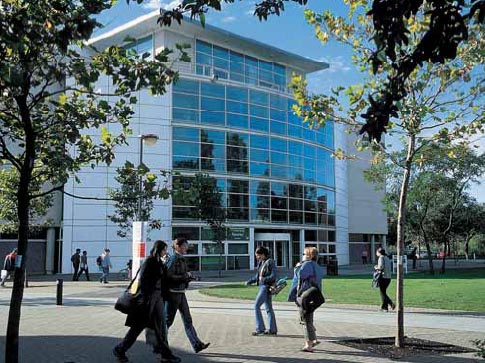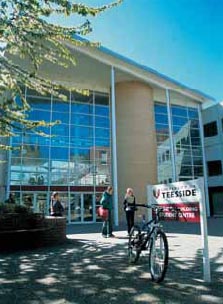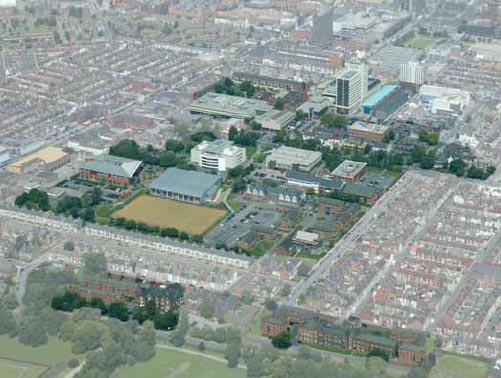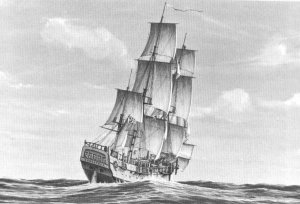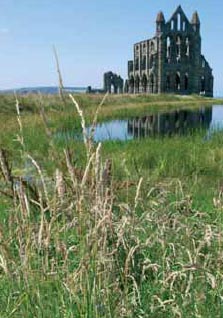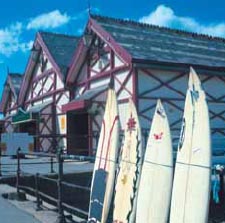 |


|
The
UK Chapter of the Eurographics Association (EGUK)
presents:- |
Theory
and Practice of Computer Graphics 2006 |
|
|
University
of Teesside, Middlesbrough, UK |
|
Conference
|
Useful information
About Teesside
|
|
|
|
|
| The University of Teesside was originally founded as Constantine College 75 years ago. The institution was officially opened by the Prince of Wales, the future King Edward VIII, on July 2, 1930. The college became a polytechnic in 1969 and in 1992, became one of the first new universities and entered a period of rapid change and staggering progress. Student numbers more than doubled, from just under 8,000 to over 20,000 in 2005, and over £70 million has been spent to create a 21st century campus |
| |
|
The university is located on a single campus in the lively and exciting town of Middlesbrough (population 140,000). The town is located on the River Tees in the North East of England. |
| |
| Originally designed to allow tall ships pass beneath it, the Transporter Bridge dominates the town’s skyline. |
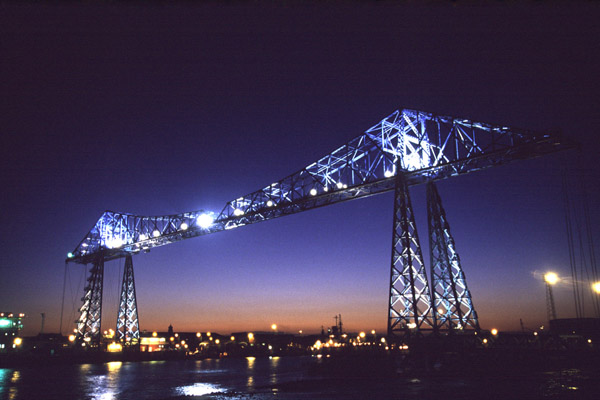 |
| |
|
Middlesbrough is the birthplace of Captain Cook, the ‘Great Ocean’s Greatest Navigator’. The nearby Captain Cook museum explores the life and times of the Captain and his voyages of discovery |
| |
|
Home to the famous Middlesbrough (Boro) football team, the Cellnet Riverside Stadium offers the opportunity to watch English premiership football in style. |
 |
| |
| |
|
| Surrounded by wonderful coastline, countryside and historic towns, Middlesbrough is a starting point from where you can find a full range of attractions, from British seaside at Redcar and Sltburn to the nearby North York Moors. Well known historic cities are easy to get to, Durham (20 miles away), Newcastle upon Tyne (40 miles), York 50 (miles) and Leeds/Bradford (62 miles). |
|
|
 |
|
| |
| |

